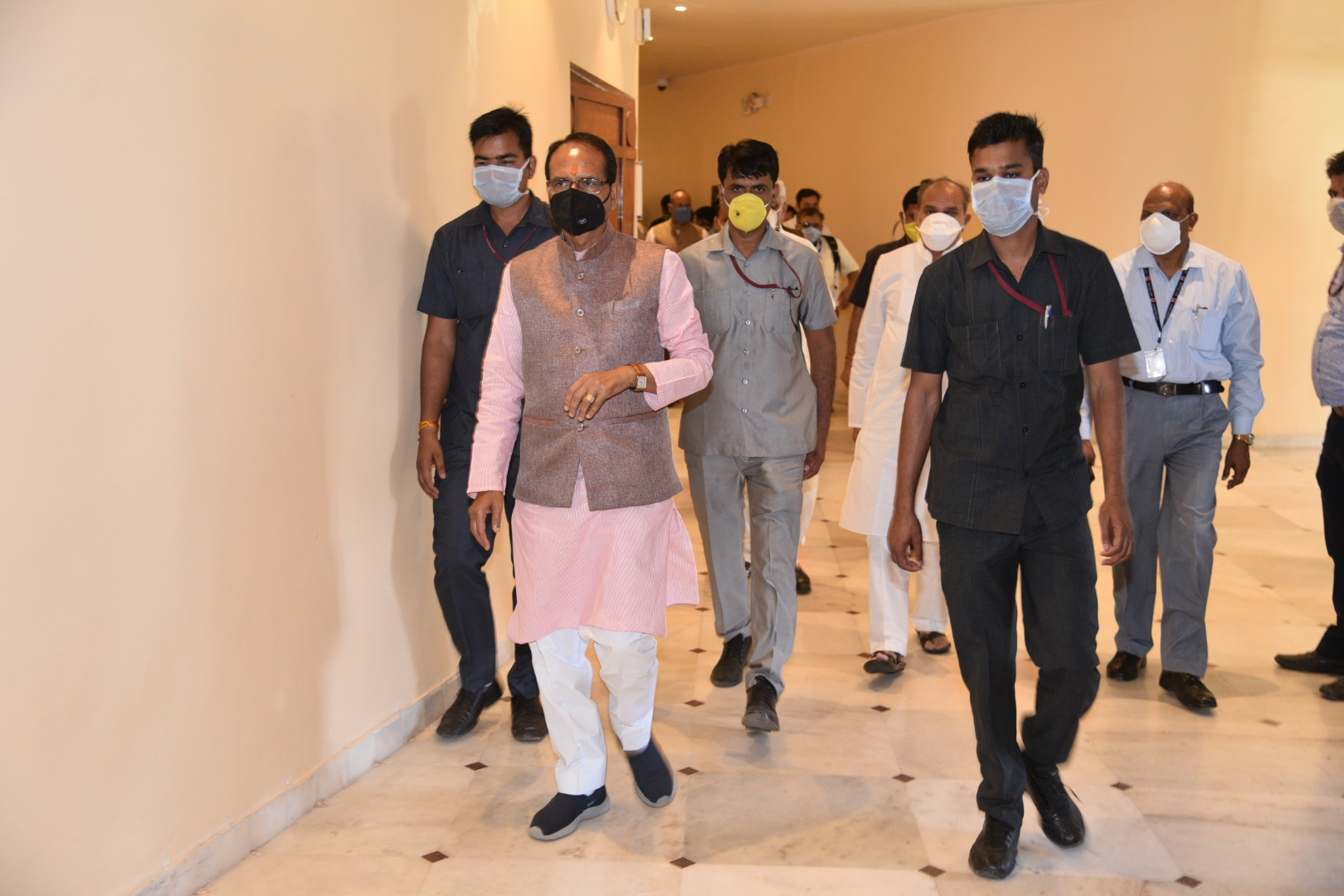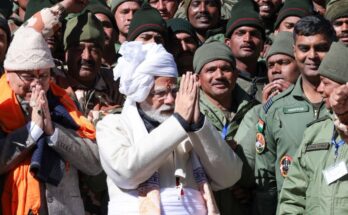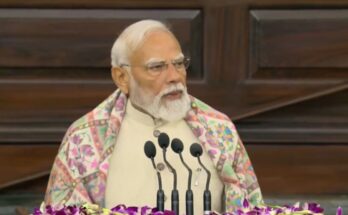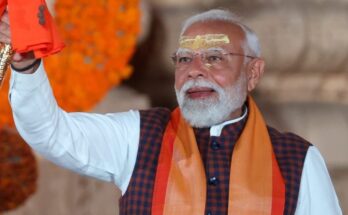Bhopal: With 24 out of 52 districts placed in green zone, Madhya Pradesh hopes to witness a near normalcy in a large geographical area. The orange zone covers 19 districts.
Districts in which no new case has come up in 21 days are in the Green Zone. The districts where the number of cases is less than 10 and the number of positive patients are decreasing are placed in the orange zone. The list of districts will be updated weekly.
The nine Red Zone districts including capital Bhopal, the business capital Indore and a sizeable part of the west Madhya Pradesh and Jabalpur division would remain locked down.
Districts where corona infection is spreading and new patients are testing positive have been placed in the red zone.
The other districts in Red zone include Dhar, East Nimar, Barwani, Dewas and Gwalior.
Orange Zone – Khargone, Raisen, Hoshangabad, Ratlam, Agar Malwa, Mandsaur, Sagar, Shajapur, Chhindwara, Alirajpur, Tikamgarh, Shahdol, Sheopur, Dindori, Burhanpur, Harda, Betul, Vidisha and Morena. These districts can also join the green zone soon.
Khargone is a surprise inclusion in the zone as there has been as steady flow of positive cases through the past couple of weeks.
Green Zone – Rewa, Ashoknagar, Rajgarh, Shivpuri, Anuppur, Balaghat, Bhind, Chhatarpur, Damoh, Datia, Guna, Jhabua, Katni, Mandla, Narsinghpur, Neemuch, Panna, Satna, Sehore, Seoni, Sidhi, Umaria, Singrauli and Niwari.
The number of corona positive cases has continued to steadily rise in Indore. The confirmed cases touched the 1,513 mark in the city on Friday evening.
Four more died due to the virus till Friday evening taking the total to 72 so far. Health department authorities said 45 out of 72 patients who lost their lives were those who had various diseases including diabetes or blood pressure etc.
After the visit of the inter-ministerial Central Team, Indore has stepped up efforts to check the spread of the virus.
Principal Secretary of Medical Education Sanjay Shukla has asked the health department to conduct as many tests as possible.
In the review meeting, Shukla asked to work on medical infrastructure so that every kind of situation can be dealt with in future.
The 40 dead were aged between 50 and 70 years. The samples have been sent to the National Institute of Virology Pune to find out why there was a fatal spread of the disease.
The doctors felt the virus has mutated and has become more virulent raising fatalities. More than 60 per cent cases were asymptomatic.
They showed no primary symptoms like sneezing or coughing nor did they have a contact history. Eighty per cent of 1,485 did not show a serious effect of the disease. The average age of patients found in the city is around 57 years.
The high risk group was more vulnerable. This includes children younger than 5 years, pregnant women, the elderly and the sick.
According to CMHO Dr. Praveen Jadia, if the patient is suffering from another disease his immunity is compromised.




